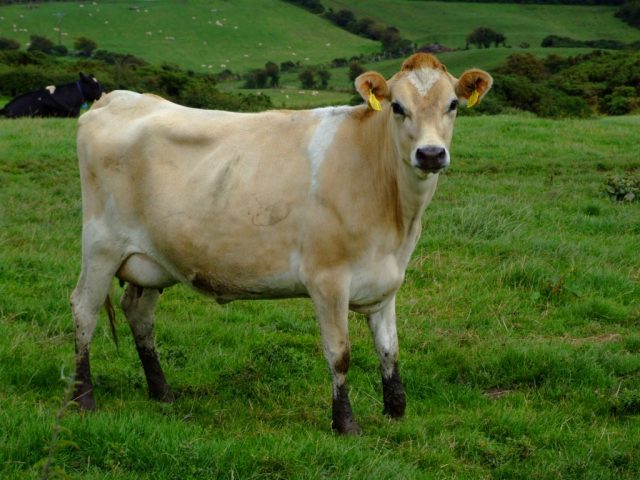Type the name of the breed you're looking for below
[wpdreams_ajaxsearchlite] Don't see the breed your're looking for? Click here and let us know!
Jersey cattle
| Place of Origin | British Channel Island of Jersey |
| Origin | Despite considerable research, nothing definite is known as to the actual origin of the cattle first brought to Jersey Island. Most research agrees, that the Jersey probably originated from the adjacent coast of France, where in Normandy and Brittany cattle resembling Jerseys are found. Whatever the correct phylogenetic form of the Jersey might be, it would appear, when analysing the available data, that the domesticated fore-father of the Jersey came from Asia, belonged in all probability to Bos brachyceros, was probably tamed during the Stone Age, some 10 000 years ago or more and migrated to Europe through Central and Southern Europe and North Africa to Switzerland and France. In Northern France some cross-breeding undoubtedly took place between the pure Bos brachyceros and Bos primigenius herds (which mostly came down the North Coast of Europe to as far down as Northern France). Jersey Island being joined to France until about A.D. 709 by a narrow isthmus, it stands to reason that cattle from Normandy and Brittany were brought over regularly in the early days to Jersey Island and must have played a very important role in the origin and development of the present day Jersey. Jerseys are known to exist in the UK mainland since 1741 and probably well before. At that time they were known as Alderneys. The flourishing times for the breed was the period from the 1860s to the First World War when the Jersey cow enjoyed the greatest period of development for the breed worldwide. For many years, thousands of animals were shipped to the USA annually, but records show that early settlers took Jerseys there in 1657. Canada imported her first Jerseys in 1868. Jerseys first went to South Africa in 1880, and in 1862 New Zealand imported her first cattle. Although records of earlier importations into Australia are not available, it is believed that the first Jerseys arrived as "ship cows." The first reference of a Jersey dates back to 1829 when Mr. J. T. Palmer of Sydney advertised the sale of 200 pure bred Jerseys. Latin America imported its first Jerseys before the turn of the century. Records show that around 1892, the first cattle went to Guatemala. Brazil had its first Jerseys four years later. But it was probably Costa Rica that first imported the breed to Central and South America in 1873. Today, the Jersey breed is the second largest breed of dairy cattle in the world. On Jersey itself there are fewer than 6000 Jerseys in total with nearly 4000 of these being adult milking cows. The purity of the breed on the island is maintained by a strict ban on imports. This ban has been in place for some 150 years. There are no other breeds of the cattle on the island. Jerseys are well known for their milk which is noted for its high quality - it is particularly rich in protein, minerals and trace elements. It is also rich in colour which is naturally produced from carotene, an extract from grasses. The Jerseys has an ability to adapt to many kinds of climates, environments and management practices. |
| Purpose | The breed is popular for the high butterfat content of its milk and the lower maintenance costs attending its lower bodyweight, as well as its genial disposition. |
| Appearance | Castrated males can be trained into fine oxen which, due to their small size and gentle nature, make them popular with young teamsters. Jersey oxen are not as strong as larger breeds however and are generally out of favor among competitive teamsters. Due to the small size, docile and inquisitive character and attractive features of the Jersey cow, small herds were imported into England by aristocratic landowners as adornment for aesthetically landscaped parks. Jerseys come in all shades of brown, from light tan to almost black. They are frequently fawn in colour. All purebred Jerseys have a lighter band around their muzzle, a dark switch (long hair on the end of the tail), and black hooves, although in recent years colour regulations have been relaxed to allow a broadening of the gene pool. The cows are calm and docile animals, but tend to be a little more nervous than other dairy cow breeds. Jersey bulls are another matter. While all dairy bulls are considered as dangerous animals, Jersey bulls are considered by many to be the least docile of the dairy breeds. The cows are also highly recommended cows for first time owners and marginal pasture. |
| Horns | Naturally polled (hornless) |
| Cows Average Weight | 400 – 500 kg (880–1,100 lbs.) |
| Bulls Average Weight | 540 – 820 kg (1,190 - 1,810 lbs) |



